Are you ready to plant potatoes in Zone 7? With the perfect combination of climate and soil conditions, springtime is prime time for budding potato growers looking to get a head start on their gardening season. Although some hardier varieties may be planted as early as February, there are still plenty of delicious options available during spring that will bring bumper crops come harvest time. Read on to learn more about when to plant potatoes in Zone 7 and how best to prepare your garden!
What is a Growing Zone and Which Zones are Distinguished?
A growing zone is an area that is grouped based on its climate and temperature. This helps gardeners know what types of plants will survive in the region, as well as when they should be planted and harvested. The United States Department of Agriculture (USDA) has designated eleven different growing zones throughout the country, from Zone 1 to Zone 11. Each zone reflects a 10-degree Fahrenheit difference in the average annual minimum temperature. [1]
Depending on where you live, there may be additional microclimates that could affect which plants are most suitable for you than just the general growing zone designation. Microclimates are smaller areas that have different climate characteristics than the surrounding area, such as a city park or backyard garden. For example, Zone 8 could vary from desert to temperate climates depending on your location. It is important to take these microclimates into consideration when choosing which plants and crops to grow in your area.
By understanding what your growing zone is and how it affects your area’s climate, you can make sure you’re growing the right plants and reaping maximum yields from your garden. With the right information, any gardener can be successful in cultivating a beautiful outdoor space. [2]
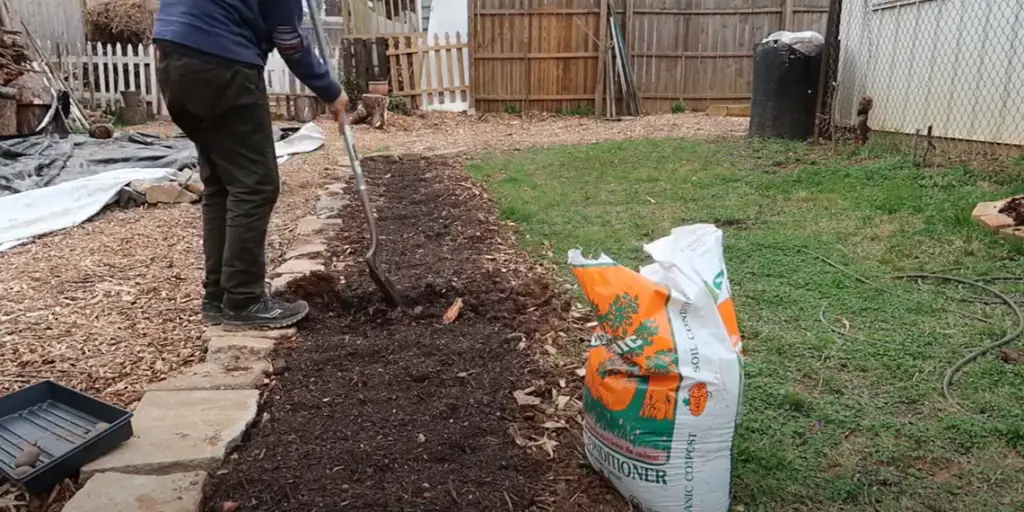
What are the Best Potato Varieties to Grow?
When it comes to growing potatoes, the options are almost endless. Every variety has its own unique flavor and texture, so it can be tricky to choose which one is best for home gardening. Here are some of the most popular potato varieties that gardeners should consider:
- Russet Potatoes – These classic spuds have a creamy, fluffy texture when cooked, and are popular for baking and frying. Russet potatoes are well suited to a variety of climates and have excellent storage qualities.
- Red Potatoes – Red potatoes are medium-sized and round with a thin, reddish skin. They have a slightly sweet flavor and firm texture that make them great for boiling, mashing or roasting.
- Yukon Gold Potatoes – These potatoes are the gold standard when it comes to flavor. They have a buttery texture and yellowish skin, making them perfect for roasting, frying or baking.
- Fingerling Potatoes – Fingerlings come in a variety of shapes and sizes, but all have a firm texture and nutty flavor. These potatoes are excellent boiled, roasted or used in salads.
- Sweet Potatoes – Sweet potatoes have a sweet, earthy flavor and creamy texture when cooked. They can be baked, steamed or mashed for an easy side dish.
- Purple Potatoes – This unique variety of potato has a purple skin and creamy yellow flesh. It’s high in antioxidants, making it great for roasting or boiling.
- Dutch Cream Potatoes – Dutch cream potatoes are large, oval-shaped spuds with a smooth, creamy texture and sweet flavor. They’re great for boiling or baking.
- Purple Viking Potatoes – These potatoes have a firm texture and earthy flavor when cooked. They can be boiled, fried or roasted for a unique side dish. [3]
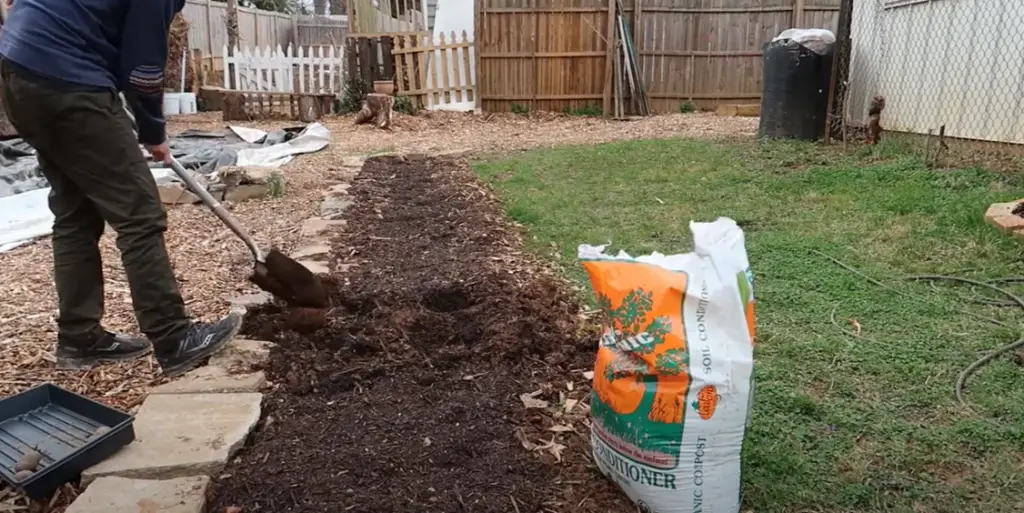
What are the Special Features of Zone 7?
Zone 7 is a unique area of the country that offers a variety of benefits for those who live or visit there. Some of these special features include:
- Abundant Natural Resources: Zone 7 is home to vast forests, lakes, rivers, and streams which offer plenty of opportunity for outdoor recreation activities. There are also numerous national parks located in the region, providing plenty of space for hiking, camping, and other outdoor activities.
- Close Proximity to Major Cities: Zone 7 is within driving distance of several major cities on both the East Coast and West Coast. This makes it easy for residents and visitors alike to take advantage of all the cultural opportunities that these cities offer without having to make a long journey.
- Low Cost of Living: Zone 7 has a lower cost of living than many other parts of the country, making it an attractive option for those looking to save money while still enjoying all that the region has to offer.
- Great Weather: With mild winters and warm summers, Zone 7 offers a comfortable climate throughout the year, allowing residents and visitors alike to enjoy plenty of outdoor activities and pleasant weather year-round.
- Diverse Cultural Offerings: Zone 7 offers a variety of cultural offerings, from art galleries and museums to theaters and music venues. There are also plenty of unique restaurants, cafes, and shops that offer a range of different cuisines and shopping experiences.
- Easy Accessibility: The region is served by several major highways, making it easy for residents and visitors to get around and explore the region. There are also several airports located throughout Zone 7, providing easy access to other parts of the country.
- Abundant Wildlife: Zone 7 is home to an abundance of wildlife, making it a great place for wildlife enthusiasts to explore and observe various species. From deer and elk to birds and fish, there is no shortage of wildlife to be seen in the region. [4]
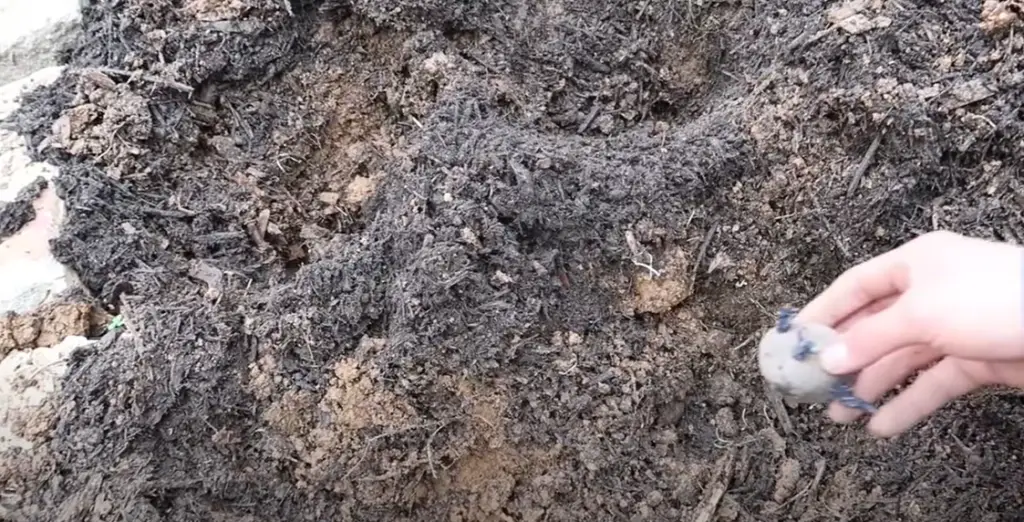
When to Plant Potatoes In Zone 7?
Potatoes are a versatile vegetable that can be planted in many different climates and seasons. In North America, planting potatoes falls within USDA Plant Hardiness Zone 7 (the warmest zone). This means that potatoes can be planted throughout much of the year but there are some specific times when they will yield the best results.
In general, the optimal time to plant potatoes in Zone 7 is late winter or early spring. If you live in an area that experiences cold winters, it’s best to wait until the temperatures begin to warm up before planting your potatoes.
If you are planting a late-season variety of potato such as Red Norland or Yukon Gold, you can wait until later in the season (November) to plant them. These varieties take more time to mature and will be ready for harvest later on in the year.
When planting potatoes in Zone 7, it’s important to give them a good start by preparing the soil ahead of time. The soil should be tilled and amended with compost or other organic material. This will encourage healthy root growth and help keep weeds away. [5]
How to Plant Potatoes In Zone 7?
Zone 7 is a unique region as it has hot summers and mild winters. This makes planting potatoes in zone 7 an exciting venture. Here are some tips for growing potatoes in this climate:
Choose the Right Variety
When growing potatoes in zone 7, it is important to choose a variety that will be able to tolerate the hot summers and mild winters. One option is Red Pontiac potatoes, which are well-known for their resistance to disease and pests. Other varieties such as Yukon Golds or Kennebec can also do well in these conditions. [6]
Prepare the Soil
Make sure your soil is several inches deep and has plenty of organic matter to promote drainage. A soil pH between 5.5 and 6.5 is ideal for potatoes in zone 7. You can test the pH with a soil testing kit.

Plant the Potatoes
Plant your potatoes in early spring, about four weeks before the last expected frost. Make sure you are planting the seed potatoes in mounds, 4-5 inches deep and 12-24 inches apart.
Mulch
Once your potato plants emerge from the mounds, cover them with a straw or wood chip mulch to protect them from temperature extremes. This will also help keep the soil moist and retain heat when necessary.
Water
Potatoes need regular watering in order to grow properly. Make sure the soil remains consistently moist but not soggy. You can use a soaker hose or drip irrigation system to make water easy and efficient.
Fertilize & Weed
Fertilize your plants once they start to flower with a slow-release fertilizer or compost tea. Be sure to regularly weed the area around your potatoes to prevent them from competing with other weeds for nutrients.
Harvest
When the tops of your potatoes start to yellow and die, you can begin harvesting. Gently dig up the potatoes with a garden fork or spade and check for any small new potatoes that may have grown. Enjoy your harvest!
Storage
Once you’ve harvested your potatoes, let them sit in a dry area for one to two days before storing. Be sure to store the potatoes at a cool, dry location and they should keep for several months. Potatoes can also be stored in a root cellar or garage for even longer shelf life. Enjoy your homegrown potatoes!
Troubleshooting
If you find that your potato plants have been affected by pests or disease, it is important to take action immediately. Common problems in zone 7 include potato scab, common blight, and Colorado potato beetles. If you notice any of these problems, make sure to apply insecticides or fungicides as soon as possible. [7]
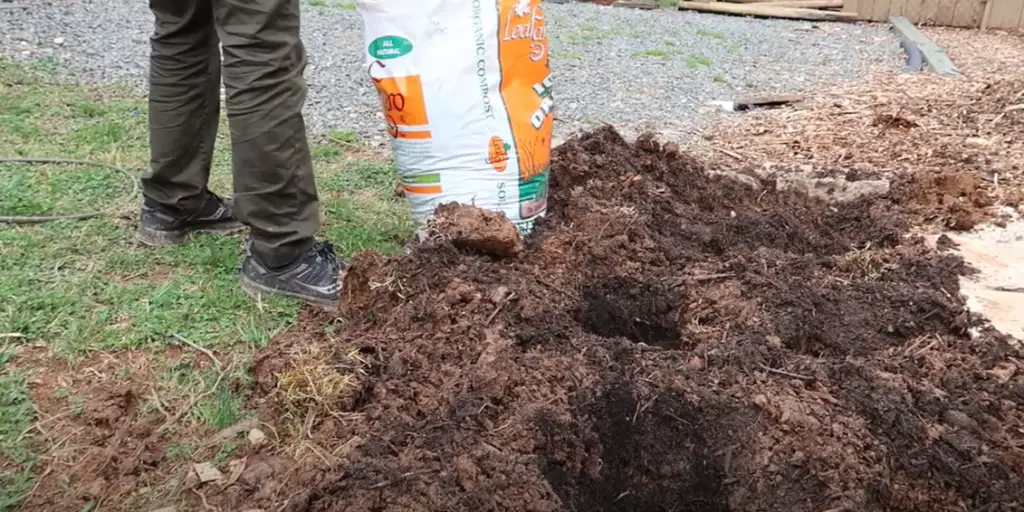
How to Grow Potatoes?
Growing potatoes can seem intimidating at first, especially for beginner gardeners. But it doesn’t have to be a difficult task! Whether you’re growing in the ground or in containers, there are several key steps and tips that will help ensure your success.
- Growing in the ground is the traditional way of planting potatoes. It gives them plenty of space to grow and develop their roots and tubers. When planting in the ground, you should choose a sunny site that has well-drained soil with plenty of organic matter mixed into it. Be sure to work any fertilizer or amendments into the top 3 inches of soil before planting. Planting potatoes in rows or mounds helps ensure good drainage which will help prevent rotting and disease.
- Growing potatoes in containers is possible, and can be a great way to save space and produce a bountiful harvest. When selecting a container for potato planting it’s important to choose one large enough to accommodate the number of potatoes you want to grow. A container that is at least 12 inches deep is ideal. Make sure your container has drainage holes in the bottom and fill with potting soil or a soilless mix. Plant potatoes in the same way as you would when planting them in ground, spacing and mounding your tubers accordingly.
Irrigating your potatoes is essential for healthy growth. Whether planted in ground or container, potatoes need to be kept consistently moist throughout their growing season. Water deeply every few days to keep the soil from drying out. As the potatoes start to form, you can begin hilling or covering with soil which will help protect the tubers from light exposure and disease. [8]
Should I Fertilize Potatoes and How to Do It?
Fertilizing potatoes is an important part of growing a healthy crop. With the right fertilization program, you can achieve maximum yields and better quality tubers. Here’s a step-by-step guide to help you get started with fertilizing your potatoes:
- Choose a fertilizer. Potatoes require high levels of nitrogen, phosphorus, and potassium in order to grow well. Select a commercial fertilizer mix that provides these nutrients or create your own combination from individual components such as composted manure, bone meal, blood meal, and other natural sources.
- Apply the fertilizer at planting time. Broadcast the fertilizer around each potato seed piece in the planting furrow and lightly mix it into the soil.
- Side-dress when plants are 6-8 inches tall. This should be done twice, at least three weeks apart. Apply two to four pounds of fertilizer per 100 square feet of bed area and work it into the soil near the base of each plant.
- Add a supplemental foliar fertilizer. This can be applied between side-dressings and provides an extra boost of nutrients directly to the foliage.
- Test your soil regularly. Testing will help ensure that you’re providing enough – but not too much – fertilizer for your crop. Soil tests should be performed every two to three years, or more often if needed.
- Monitor your crop for nutrient deficiencies. If you notice yellowing or stunted growth of plants, it may be a sign that the soil is deficient in certain nutrients. Adjust your fertilizer program as needed to provide the right balance for optimal potato growth.
- Harvest potatoes when they’re ready. Potatoes can be harvested when their tops have died back and the tubers have reached their desired size. Carefully harvest the potatoes to avoid damaging them, and discard any that are diseased or rotten. [9]
What Diseases Can Potatoes Have and How to Avoid Them?
Potatoes are one of the most versatile and widely consumed foods in the world. However, they can also be susceptible to certain diseases that can affect the quality of not only the potatoes themselves, but the entire crop. The two main types of potato diseases are fungal and bacterial.
Fungul Diseases
Fungal diseases can cause serious damage to potatoes, leading to crop losses and lower yields. Common fungal potato diseases include blight, scab, and powdery mildew. Blight is a particularly common disease in many parts of the world, and it causes leaves to turn yellow or brown before they eventually die off. Scab creates rough, dark patches on the surface of potatoes, while powdery mildew covers them with a white, web-like substance.
Bacterial Diseases
Bacterial diseases can also affect potatoes, and some are even more destructive than fungal ones. Common bacterial potato diseases include blackleg, common scab, and soft rot. Blackleg causes stems to develop dark spots that eventually become cankers, while common scab results in raised, pitted lesions on the skin of potatoes. Soft rot causes potatoes to develop a soft and mushy texture before they ultimately rot away.
Preventing Potato Diseases
Fortunately, there are ways to prevent and manage potato diseases in order to maintain healthy crops. Regular crop rotation is one of the best ways to prevent diseases, as it reduces the chances of new potatoes becoming infected with pathogens from previous crops. Additionally, regularly inspecting the crop for signs of disease is also important, as this can help identify infections early on and allow for treatments or other preventative measures to be taken. Using certified disease-free seeds and avoiding over-watering are two additional methods that can help keep potato crops healthy. [10]
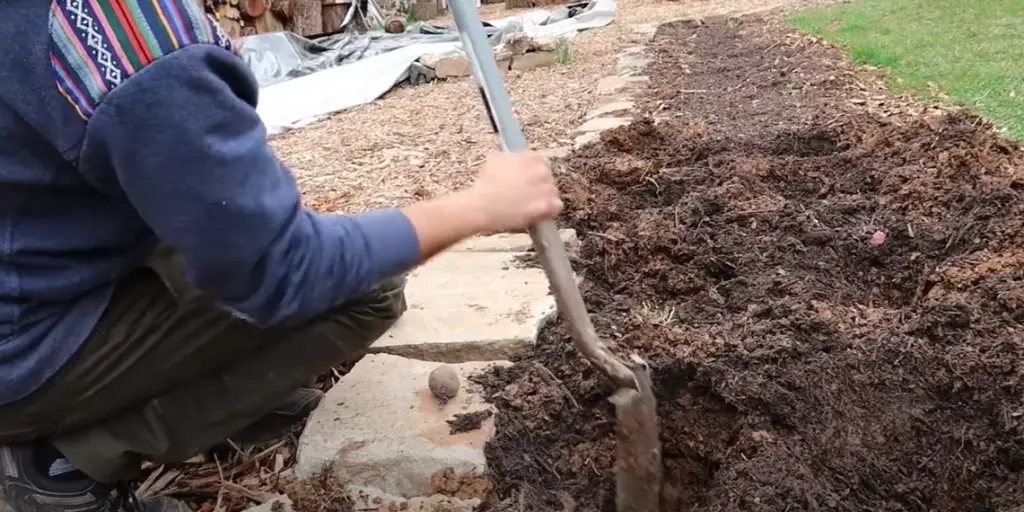
FAQs
What months do potatoes grow best?
Potatoes typically grow best between the months of April and August, depending on the climate. Potatoes are a cool-season crop that can be planted in early spring when temperatures start to warm up and will continue to produce until late summer or early fall. It’s important to choose varieties of potatoes that have ample time to mature before the first frost of the season.
In warmer climates, potatoes can be planted as early as February and harvested as late as November. When planting potatoes, it’s important to ensure the soil is properly prepared by adding organic matter such as compost before planting. Proper spacing between potato plants will also help ensure a successful harvest.
How long do potatoes need to dry before planting?
Potatoes need to dry for several days before planting, depending on the variety. Generally, potatoes should be left in a cool, dark place until they are slightly shriveled and look like paper-thin skins. Doing this allows the potato to form protective layers around itself that will help it survive better when planted. It also helps prevent rotting or disease from spreading to the potato plant.
Do potatoes grow better in sun or shade?
The answer to this question depends on the variety of potato you are growing. Some potatoes prefer more sunlight and will produce higher yields in sunnier conditions, while other potato varieties thrive better in shady areas. Generally speaking, it is best to experiment with different combinations of sunlight and shade when considering where to plant your potatoes for optimum yield.
When planting potatoes, you must also consider the soil type and drainage. Potatoes grow best in well-drained soil with plenty of organic matter. If planting potatoes in sunny areas, they may require more frequent watering than those planted in shadier spots. Additionally, if your soil is prone to overheating during summer months, consider selecting a variety of potato that can tolerate higher temperatures and continue to produce a good crop.
How long do potatoes take to grow?
Potatoes typically take between 70 to 140 days to reach full maturity, depending on the type of potato and the climate it is being grown in. They will be ready for harvest when the foliage begins to yellow and die back or after a light frost. When harvesting potatoes, you should wait until the soil has dried out slightly from any recent rains or watering before digging them up. It is important to be careful when harvesting potatoes, as the tubers should not be bruised or exposed to direct sunlight for too long. This can cause them to spoil and rot quickly.
Useful Video: Plant Your Potatoes NOW: Gardening in Zone 7: Northern Virginia
Final Thoughts
When it comes to planting potatoes in zone 7, timing is key. You want the soil to be warm enough, yet not too hot or cold, so that your potatoes can germinate and thrive when they do break ground. The typical time to plant potatoes in zone 7 is between mid-April and early May. Consider building a potato box or raised beds if you plan on yielding more substantial crops which are easier to harvest and maintain throughout their growth cycle. Furthermore, consider variety when planting – some are earlier ripening than others while some are better suited for specific regions. With a bit of research and forethought, you’ll be able to find the perfect type of potato for your garden in no time. By actively observing your garden and weather conditions throughout the season, you can ensure that your plants will flourish with maximum efficiency!
References:
- https://www.housedigest.com/914272/what-is-a-usda-growing-zone-and-which-one-are-you-in/
- https://www.almanac.com/what-are-plant-hardiness-zones
- https://www.thompson-morgan.com/top-10-potato-varieties
- https://www.fast-growing-trees.com/pages/growing-zones-guide-zone-7
- https://www.happysprout.com/inspiration/when-to-plant-potatoes-zone-7/
- https://www.gardenate.com/plant/Potato?zone=10
- https://www.floridayards.org/when-to-plant-potatoes-in-zone-7/
- https://www.goodhousekeeping.com/home/gardening/a20706122/how-to-grow-potatoes/
- https://www.backyard-vegetable-gardening.com/fertilizing-potatoes.html
- https://potatoes.ahdb.org.uk/knowledge-library/potato-disease-identification





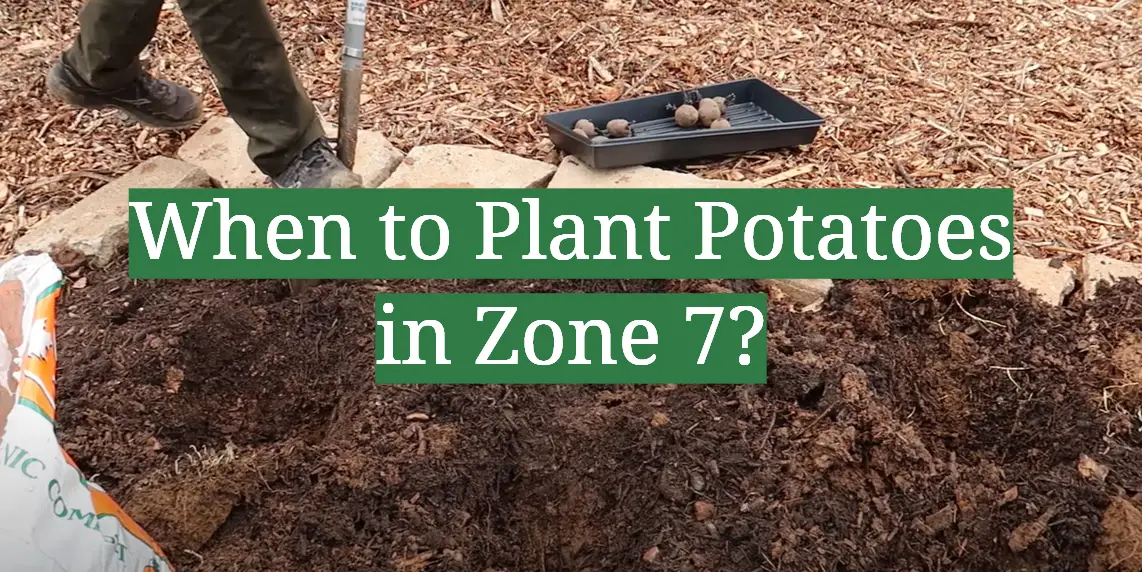
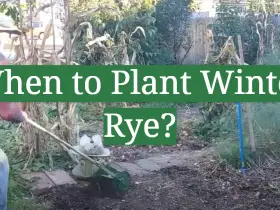

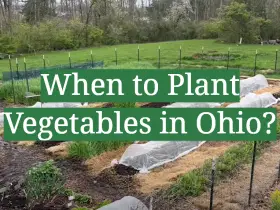

Leave a Reply
View Comments